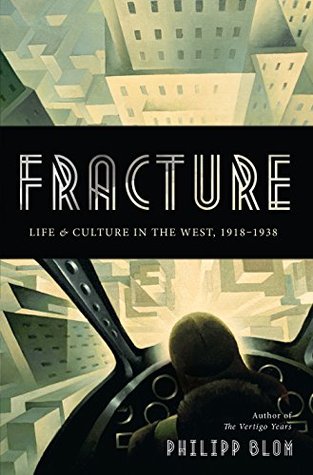Kindle Notes & Highlights
by
Philipp Blom
Read between
July 5 - July 22, 2020
founding of the International Brigades. Recruitment centers run by the Comintern (the Moscow-led Communist International) and other organizations began to enlist volunteers,
Many but by no means all were communists, and some were intellectuals seeking to marry their strong convictions with the authentic experience of battle. Among them were George Orwell,
journalists
Ernest Hemingway
Willy Brandt,
Stephen Spender
Langston Hughes,
Arthur Ko...
This highlight has been truncated due to consecutive passage length restrictions.
Stalin’s commissars and secret agents were hard at work not only to defeat Franco but also to purge the Republican forces of all dissent.
THE POLITICAL MURDERS and brutal purges of communists and other leftists in Spain who were deemed not totally and unquestionably loyal to the Stalinist party line were only a small mosaic stone in Stalin’s vast panorama of terror in his own country. In a paranoid bid to secure total power he began a season of persecution, torture, and death from which literally nobody was safe.
Only the continued presence of enemies could keep the urgency of revolution alive.
The purges had begun in 1934, after the murder of Sergei Kirov, a protégé of Stalin’s who had begun to stray from the total obedience expected of him.
Kirov’s death was the signal for what was to become known as the Great Purge. During the following four years, and especially in 1936 and 1937, about a million people were arrested and shot by the NKVD. Initially the campaign concentrated on people who had been close to Lenin or supporters of Trotsky, but soon the arrests became random and the accusations absurd.
Stalin’s most useful lieutenant in the secret interrogations of political prisoners was Nikolai Yezhov, the people’s commissioner for internal affairs and director of the notorious secret police, the NKVD.
Yezhov’s first task as chief of the NKVD had been to question and break Genrikh Yagoda, his predecessor in this position,
Yezhov’s efficiency earned him a place in the Russian language, as the term yezhovchina was coined for the paranoid and bloody climax of the purges, during which secret police units are believed to have executed some one thousand men and women every day,
Having asserted his annihilating power over the Party and the secret police, Stalin turned his attention to the army, the other great source of danger to his absolute authority,
Tukhachevsky was arrested on May 27, 1937,
The written confession signed by the army’s former leading mind is sprayed with brownish dots of blood.
Tukhachevsky’s demise also had an immediate consequence for the Russian involvement in Spain.
nobody dared to be seen to implement the tactics devised by the brilliant marshal,
The great forces of modernity that had begun to dominate the lives of urbanites in Europe and the United States around 1900 were intensified and accelerated by the war and continued to assert themselves in the years after 1918.
At the beginning of the book I argued that not rupture but continuity is the key to an understanding of the interwar years—that the experience of technological modernity was intensified by the war, while the values underpinning Western societies were deeply damaged.
This book has chronicled different aftereffects of this tremendous shock, from trauma and new beginnings to first confrontations and sheer hedonism, from political faith and its limits to an aesthetic realization in art. It has explored the increasingly cataclysmic manifestations, from street battles to streams of refugees and mass shootings, in a game of ideologies that had already degenerated into the dirtiest of politics. Nineteen eighteen was ushered in by a world at war, and there was a widespread sense at year’s end that the conflict had not been resolved, that the Treaty of Versailles
...more
It was not over. Instead, it would turn into what historians have called Europe’s “second Thirty Years’ War,” from 1914 to 1945. The so-called interwar years, then, were not so much years of peace as, to paraphrase Clausewitz, a continuation of war by other means. The new fronts ran between classes, between town and country, between ideologies, between rich and poor, and between ethnic groups. Perhaps these conflicts came closer to a manner of resolution during the late 1920s as economies stabilized and attitudes softened, but the global economic slu...
This highlight has been truncated due to consecutive passage length restrictions.


